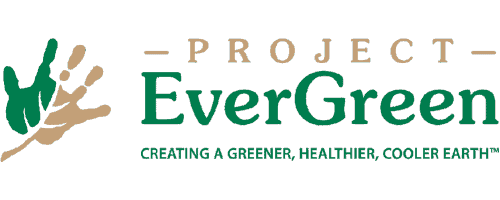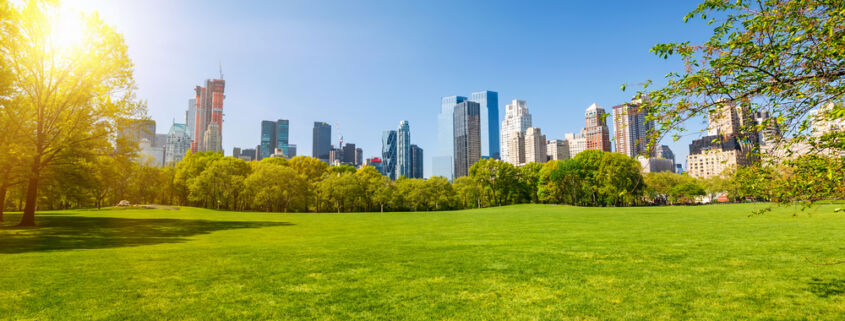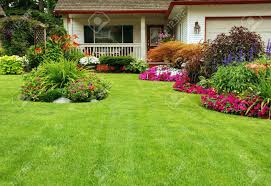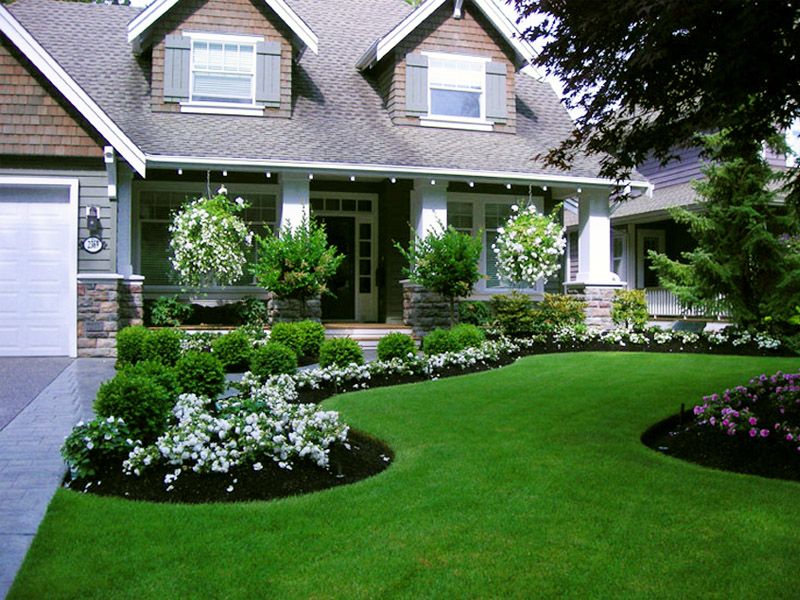Grass and Carbon Capture
Urban grass areas cover an estimated 40 to 50 million acres across the United States — and that represents a major carbon sink! According to the Lawn Institute, even when accounting for maintenance-related emissions, urban grasses still offer a net positive impact when it comes to carbon sequestration.
How Does It Work?
Like all plants, grasses absorb atmospheric carbon dioxide (CO₂) and use solar energy to convert it into sugars through the process of photosynthesis. The carbon is then deposited throughout the plant to support growth and development. As grass roots die and regenerate over time, that carbon is also stored in the soil — effectively removing it from the atmosphere.
More Good News About Grass and Carbon
Need more reasons to appreciate the power of grass in capturing carbon? Here are some compelling facts from the Lawn Institute:
- On a typical half-acre suburban lot featuring landscape beds, shrubs, trees, and grass, 81 to 90% of the carbon captured in the landscape is captured by the grass alone.
- In one study, low- and medium-density residential lots in metropolitan areas were responsible for over half of the carbon captured in urban green spaces. The same research found that residential yards, golf courses, parks, and cemeteries had the highest carbon density per unit area when compared to meadows, deciduous forests, and other land-cover types.
- Grasses are highly effective at depositing carbon into the soil — with the potential to accumulate approximately half a ton of carbon per acre per year over a span of 30 to 40 years.
- Net carbon sequestration rates in urban lawns are estimated to range from 200 to 1,800 pounds of carbon per acre per year, depending on management practices and conditions.
- Modeling suggests that lawns across the U.S. have the potential to sequester between 12.5 million and 95 million tons of atmospheric carbon dioxide annually. That’s equivalent to the annual emissions of 2.4 million to 18 million typical passenger vehicles!
The Bottom Line
Grass may seem simple, but it plays a critical role in the fight against climate change. With proper care and sustainable practices, your lawn can be a powerful tool for carbon capture, contributing to a healthier environment and a greener future.
Discover the Power of Green Spaces
Green spaces do more than just beautify our neighborhoods – they help clean the air we breathe, cool our cities, reduce carbon levels, and promote healthier, more connected communities. Lawns, trees, and shrubs may seem simple, but together, they form powerful natural systems that benefit both people and the planet.
To help you understand the impact of your own green space, Project EverGreen invites you to explore the Clean Air Calculator™ – a free, web-based tool that measures the environmental benefits of green spaces on your property.
Whether you’re a homeowner, landscape professional, golf course superintendent, sports field or park manager, or property owner, this innovative tool makes it easy to see the real-world impact of the green spaces you care for.
See how your green space makes a difference. Try the Clean Air Calculator today:
https://projectevergreen.org/clean-air-calculator/





